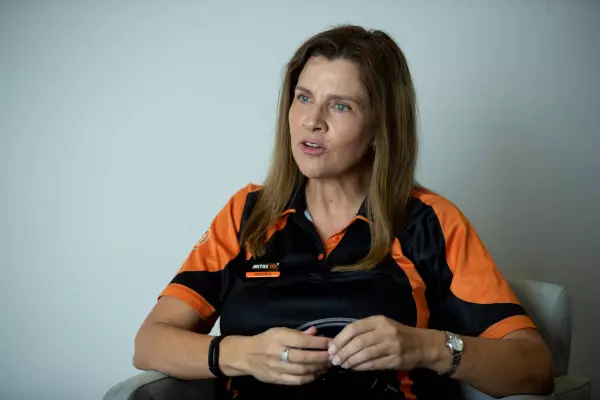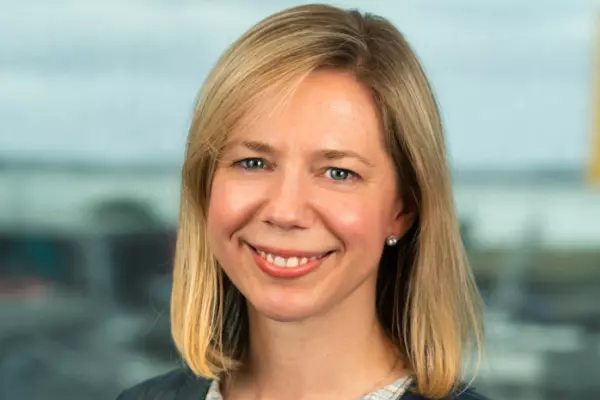Chorus remained optimistic about New Zealanders’ buy-in to its fixed fibre broadband network despite the challenge from other internet technologies like fixed wireless.
The infrastructure firm said its earnings before interest, tax, depreciation, and amortisation for the financial year ended June 30 was $649 million compared to $648m the year prior.
Net profit after tax was down to $47m from $52m, as was operating revenue at $947m from $959m.
Operating expenses were $298m from $311m, while capital expenditure was up to $672m from $663m.
The wholesale provider noted the revenues of its three biggest customers met the reporting threshold of 10% of Chorus’ operating revenue.
Notably, the largest customer’s revenue contribution was $372m down from $409m and the second largest was $178m down from $195m. The third was up $3m to $120m.
The Commerce Commission’s latest annual telecommunications monitoring report estimates the three largest fixed broadband retailers by connection are Spark (40%), Vodafone (21%), and Vocus (13%), though a Chorus spokesperson declined to confirm who its three biggest customers are.
“We saw an impact of MNOs [mobile network operators] aggressively promoting fixed wireless in the first half of the year, resulting in a 6,000 loss of broadband services,” chief executive JB Rousselot said today on a call with media and analysts.
“The second half showed a significant improvement with an 11,000 net increase in broadband services.”
Retiring copper
As NZ’s copper network is slowly retired, customers are being moved to new connections. These will be Chorus fibre, the fibre networks of other local fibre companies (LFCs), fixed wireless 4G or 5G networks, or other technology such as satellite broadband.
The spokesperson said the decline in customer revenue can’t be immediately associated with copper customers in non-Chorus areas signing up with other local fibre companies.
“Copper connections continue to decline as connections migrate either to fibre or fixed wireless or alternative technologies, which is a continuation of trends that we have seen previously,” Chorus chief financial officer David Collins said.
He said depreciation rising $12m reflected ongoing investment in the fibre network, while investment in software systems to support fibre uptake growth accounted for amortisation increasing by about $11m.
He added that operating revenue had been affected by the country’s ongoing border closure due to covid-19.
Chorus’ ultrafast broadband rollout is 95% complete and the growth in fibre broadband uptake rose in the last year from 60% to 65%, representing 120,000 new fibre connections nationally.
“Despite the softer market in the wake of covid-19, we continued our active wholesaler strategy and were pleased to grow total fibre connections to 871,000,” said Rousselot.
“We are well on the way to our target of one million connections next year.”
On average across copper and fibre connections, and counting download and upload usage, households on a Chorus connection used on average 432GB data per month.
“The latest lockdown has seen unprecedented levels of throughput and data over the network,” the company said.
Valuation battle
Chorus shares rose dramatically last Thursday after its fibre network was valued by the Commerce Commission at almost $5.5 billion, about $80m less than Chorus had argued for.
This outlook has buoyed Chorus as it jockeys with retailers in navigating New Zealanders off old copper internet and phone connections to new technologies.
This year has seen a war of words between Chorus and the regulator over the returns Chorus will be permitted to make on its regulated asset base (RAB). The commission said it would lower Chorus’ future maximum allowable revenue (MAR) by between 2% to 2.5%.
Analysts grilled Collins about this on the call today.
“The reason that's a little higher than the straight RAB reduction of 1% is some of the cost allocation components within the decision, particularly around CTO Common Costs, and how that would impact the opex proposal for RP 1,” Collins said.
“Two to two and a half percent, you know, it's 10 to $15 million, it's a significant amount of money. But then in the grand scheme of things, perhaps not so significant. What's important for us overall is that the market outcome aligns with our business plan.”
This plan relies not only on the Commerce Commission’s regulation, not only directly of Chorus itself, but also on the rules around marketing different broadband technologies fairly and accurately to New Zealanders.
The regulator published an open letter earlier this month outlining its concerns, with Rousselot telling BusinessDesk Chorus is OK with the pressure.
“It's a little ironic that while having some of the best networks, this market is one of the least informed in terms of guaranteed product performance,” he said today in a not-so-subtle swipe at fixed wireless marketing tactics of telcos.
“We believe that Kiwis should be able to make educated choices based on facts and unbiased equivalent data rather than on misrepresentation and on hype. So, let's stop pretending that fibre connections need your driveway or your garden to be dug out.”















